
The Winds of Change: An Until Dawn Retrospective - Article
by Issa Maki , posted on 25 October 2020 / 5,175 ViewsWARNING: Major Spoilers for Until Dawn Below!
When Supermassive Games released Until Dawn in 2015, it reinvigorated interest in a field that has always struggled for credibility: the interactive story. Despite existing since the earliest days of video games, the genre has consistently failed to catch on. Titles such as Dragon's Lair or Space Ace came too early to end up as little more than footnotes in the pages of history, leaving games like the infamous Night Trap and its low-budget CD-ROM inspired ilk to plunge this style of design into oblivion throughout the 90s.
It laid largely dormant until it was discovered by David Cage and Quantic Dream, who helped to quietly bring the genre back to life throughout the sixth and seventh generations. Their efforts (and those of others) were successful, but it wasn't until Supermassive Games stepped onto the playground that the mainstream media truly took notice.
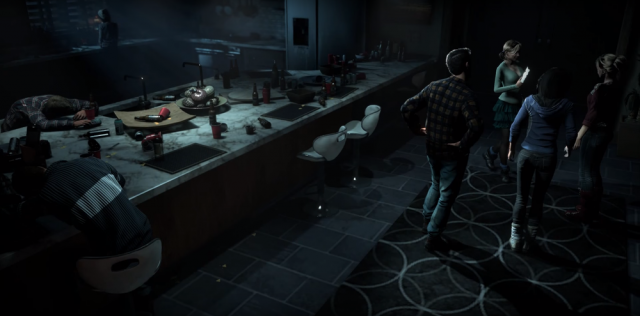
A drastic overhaul of the concept from its PlayStation 3 roots, Until Dawn came along at the right place at the right time. The combination of almost every major horror movie cliché of the 80s, with branching story paths evocative of the 'Choose Your Own Adventure' series of young adult books, it's instantly recognizable to an entire demographic. Supermassive has been running rampant since discovering this untapped potential, yet has somehow failed to surpass the heights reached with this initial outing.
Anyone unfamiliar with Until Dawn is probably passingly familiar with its premise. Isolated deep within the wooded confines of a luxury mountain lodge, a gaggle of hormone-charged teenagers spend the weekend in good-natured debauchery, away from the prying eyes of parental supervision. A prank gone awry results in the death of two of them, fracturing the structure of the group's overall friendship. In typical slasher film logic, the surviving members decide to return to the scene of the crime on the one year anniversary of the tragedy to honor their friends' memory, while hoping to mend the broken fences within their personal community.
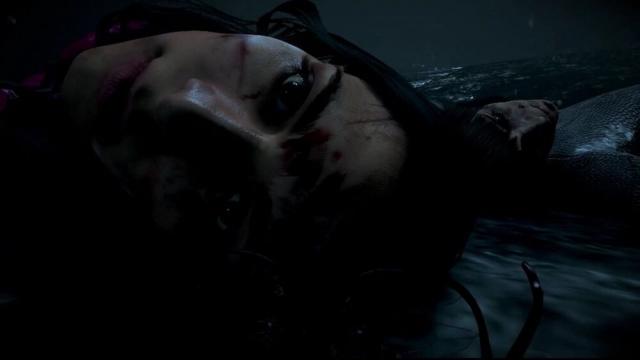
What they didn't anticipate was that the mountain wasn't exactly happy to see them again - and its inhabitants certainly aren't. The night that ensues determines everything, but its outcome can be directed by almost anything.
As an interactive story, the overall gameplay of Until Dawn is understandably limited. Players will spend a majority of the time walking around discovering clues, participating in QTEs, and making various choices during key moments. These qualities would seem quaint or pedestrian in most other games, but that's because they don't have such severe ramifications for insignificant decisions.
This process, along with the consequences that follow, is dubbed The Butterfly Effect. Named after the term found in chaos theory (and popularized by that movie starring Kelso), the system operates under the idea that a small, benign decision in the past could be responsible for a much larger, seemingly unconnected event in the future. An action as simple as aiming a gun or disagreeing with a spouse's decision can lead to devastating consequences that can range from the deterioration of a once stable friendship to the death of a character; a fate no single character is safe from.
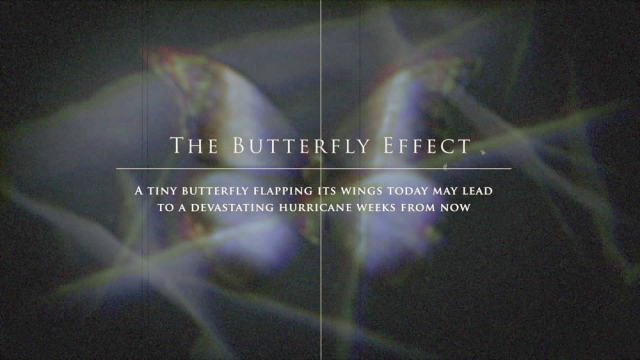
First-time players will have no context or frame of reference to understand how these choices relate to each other (making them a delight to watch), creating unpredictable scenarios that remain captivating until their conclusion. The experienced will have their hands full piecing together evidence from a series of three different Cluelines, trying their hardest to keep everyone alive (or kill them), and exploring the complex relationships and personalities of the eight protagonists, experiencing the various different ways they might approach a given situation.
The protagonists of Until Dawn can be as shallow or complex as players choose. Several of them can embrace the stereotypes they were initially meant to embody: the token minority, the empty-headed bombshell, the nerd, the final girl. The true fun comes from playing with or against these conventions to see the various facets hiding beneath several of the characters.
Mike is a great example. The resident ladies' man gives off the initial impression of being wholly unlikable; he was the focal point of the prank that resulted in the death of The Twins a year earlier, and seems just as likely to sleep with his new girlfriend (Jessica) as he is to pursue his ex (Emily). Despite these self-centered qualities, Mike is the first to brave the dangers of the mountain without a moment's hesitation, and is so eager to throw himself into harm's way it makes me think: is Mike truly this vain? Or might he be trying to become a martyr to redeem his past deeds? He may not like himself as much as he wants everyone else to, but regardless of his reasons, Mike is largely responsible for potentially keeping many of the others safe from harm as long as possible, becoming one of the heroes of the night.
The unexpectedly complex Jessica is a personal favorite. The beautiful blonde can be played in adherence to the shallowness of her character's archetype (including persuading her to remove her clothing). But if handled in a more delicate manner, she will reveal a softer, delicate side of herself. Jessica is fully aware of the flimsy impression her carefully crafted persona gives off, using it as a shield to hide her insecurities behind. The vulnerability of these revelations, along with the trust she must feel in talking about them, are far more attractive qualities than merely pandering to carnal pleasures.
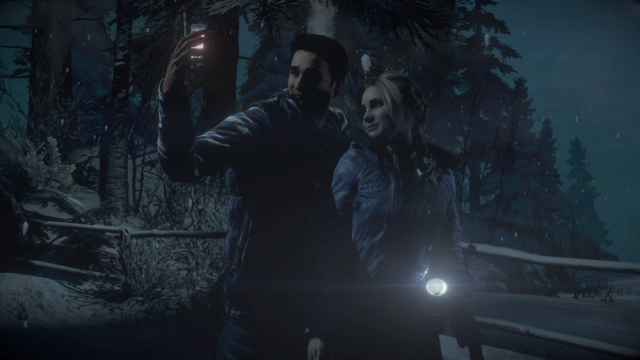
This becomes especially poignant as Jessica is kidnapped soon afterwards. Players must act quickly if they wish to save her; Jessica is the first character whose life is in their hands and is one of the easiest to get killed. A shame, since she's brighter than she gives herself credit for. There were reasons why Emily used to be her best friend.
Chris and Ashley spend the most time together of any pairing, resulting in the most dynamic relationship among the group. Over the course of the game the star-crossed couple help prove that the line between love and hate might not be as thick as it seems - if it exists at all.
If anyone in the cast fills the role of the 'nerd', it's Chris. He lacks confidence, resulting in an unrequited (yet mutual) attraction to his close friend Ashley. This could be due to his seeming reliance on technology to properly express himself, but overall Chris is a humorous, loyal person, trying to keep his senses in an increasingly senseless situation.
On a meta-level, Chris embodies one of the most endearing horror movie traits of the 80s and 90s: the casting of male actors significantly older than the roles they portray. The thought process of the era was that the average high school boy wasn't physically imposing enough to be an obstacle for the killer, or couldn't believably protect the girls from harm. Though small, this attention to detail is vitally important to Chris' character, as it helps reinforce the decisions he makes, amplifying his integrity (or lack thereof) and solidifying his relationship with Ashley.
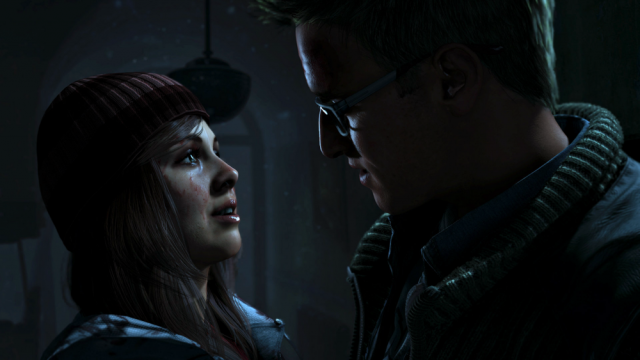
An interesting parallel to the complex Jessica is the equally paradoxical Ashley. Presented as one of the most thoughtful, intelligent members of the group, Ashley can quickly devolve into the most unhinged, irrational person of them all, becoming a danger to those around her. The potential of her hysterical imagination is powerful enough to lead to the direct deaths of several members of the group, including herself. This complicates her relationship with Chris immensely - to the point where Ashley will let him die for following orders that she gave him herself. Love is complicated for the fictional and non-fictional alike.
The other potential 'love'/hate relationship is between sports jock Matt and Emily, Mike's ex-girlfriend, but this dichotomy isn't as equal as most. There is little ambiguity between the two: Emily gives the orders and Matt obeys them, oftentimes to his own detriment.
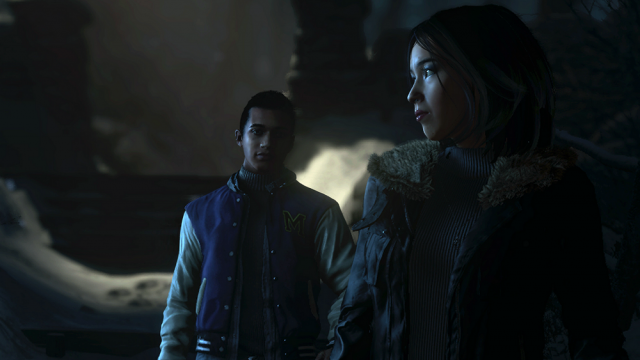
Of all the characters, I sympathize with Matt the most. He spends the majority of the game going from bad to worse, and that's assuming he's survived that long. Matt is the easiest character to get killed in Until Dawn. One single choice determines whether or not he will immediately die later in the game. Following that, a proper sequence of events must occur for Matt to earn his chance for survival, and even then there are still further opportunities for something to go wrong. Despite being described in-game as the 'good guy' of the group, Matt's highest chances for survival are when he's played as a complete jerk, something most people won't do their first time through. The ironic part is that Matt could be justified acting that way, due to his extremely overbearing girlfriend, Emily.
The most notorious of the protagonists, Emily's reputation has certainly preceded her more than any of the others. Even described by the actress who portrays her as a 'bitch', Emily has already gone down in video game history as the least likable character in Until Dawn, and it doesn't take long to see why. If her cold, abrasive personality wasn't enough, the way she treats her new boyfriend Matt like an acquisition is simply revolting. Emily makes a terrible first impression (her second, third, and fourth aren't much better), but the facts of the matter of undeniable. She undergoes some of the most traumatic trials and tribulations of the cast, and is directly responsible for saving the lives of almost everyone who makes it to the end of the game. A girl like Emily might not be the easiest to introduce to your friends and family, but in a crisis situation a clear pragmatic person of action such as her is invaluable. You can tell how much the developers loved her, because they put her through so much.
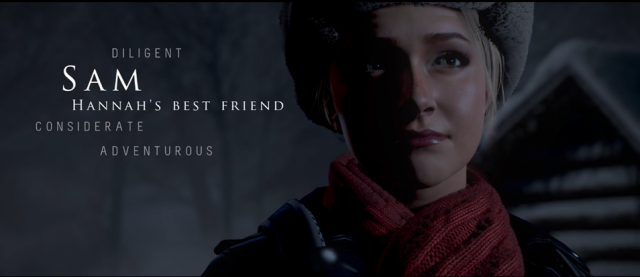
The classic 'final girl' in every sense of the term, Samantha Giddings is firmly seated on one of the thrones of the digital 'scream queen'. Perhaps best described as a prism of sorts, Sam is the calm center that allows the qualities of the rest of the cast to shine through that much brighter. Her faint aloofness (enhanced by the celebrity of Hayden Panettiere) makes Sam feel more ethereal than the others. Her curious resistance to the Butterfly Effect seems to add to these magical qualities, but in the end they are as ephemeral as they appear. Sam is as vulnerable to death as anyone else, it just takes longer to catch up with her. When it does she must be careful, as she'll be holding the lives of most of the other survivors in her hand.
Not the last and certainly not the least is Josh Washington. Portrayed by the man himself, Rami Malek, Josh is indisputably the most complex, interesting character in the game. His subtle (and not so subtle) intricacies can be missed far too easily if the proper clues aren't discovered, going completely unappreciated. This might be Until Dawn's biggest flaw: the game is willing to ignore its most compelling element.
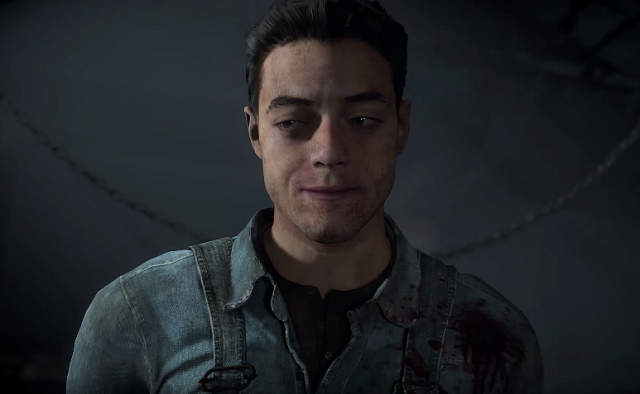
If you've read this far, it should come as no surprise that Josh is The Psycho, but what's truly surprising is how casual Supermassive is about showing its hand. I've watched several friends fall hook, line, and sinker (for every little stinker!) concerning the plot twist, but I've also witnessed others deduce it hours beforehand. One clue found in Chapter 2 tipped a friend of mine off, before the story began to truly play out. It might seem curious that Supermassive would be willing to spoil Josh's quest to get revenge for his sisters' deaths, but that's because the Mystery Man is a red herring: one of the sisters has been the one getting revenge herself.
The actual plot twist of Until Dawn is that Hannah survived the fall off the cliff, becoming the murderous wendigo that stalks her former friends. Even more compelling is that, in spite of her monstrous form, Hannah still retains some part of her humanity, which is potentially reflected in her actions throughout the night.
True to herself, Hannah's love for Mike is so strong that even while possessed by the wendigo spirit she will never directly cause Mike harm, despite his culpability in the prank resulting in her condition (and possibly shooting her in the head during his pursuit). The rest of the cast is apparently fair game, and there are some hard feelings to go around.
She is particularly brutal to Jessica, no doubt spurred on by her newfound intimate relationship with Mike. This is also true of Emily, who was not only Mike's girlfriend at the time of the prank, but was in on it. The various fates of Matt (who filmed the incident) are equally horrifying, especially when one recognizes the human intent behind them.
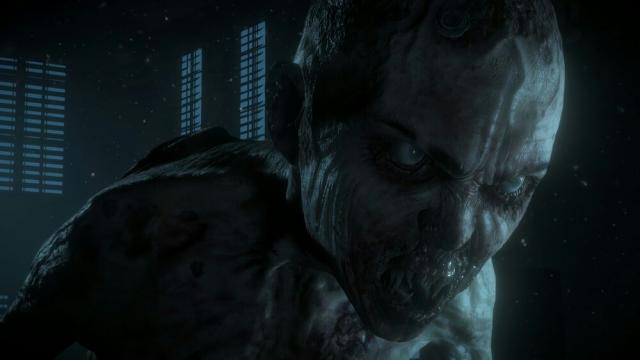
Unfortunately for the innocent, the wendigo Hannah isn't the most consistent. She can show no reservation about killing Chris or Josh (neither of whom had any involvement with her or her sister's death), and is equally likely to kill her best friend Sam as she is to save her. Following with horror movie tradition, the scariest monsters are the ones that have some nuance to them, even if it isn't quite definable.
It would be remiss not to briefly mention two more characters: The Stranger and The Analyst, both of whom have influences inside the game and beyond.
The Stranger (played by Supermassive scriptwriter Larry Fessenden) appears sporadically throughout the adventure, misdirecting players with a character who appears malevolent, but in reality is a descendant in a line of wendigo hunters and gives players a variety of clues about how to survive on the mountain. His backstory is fun to explore, but well-hidden among the Collectables that can be found.
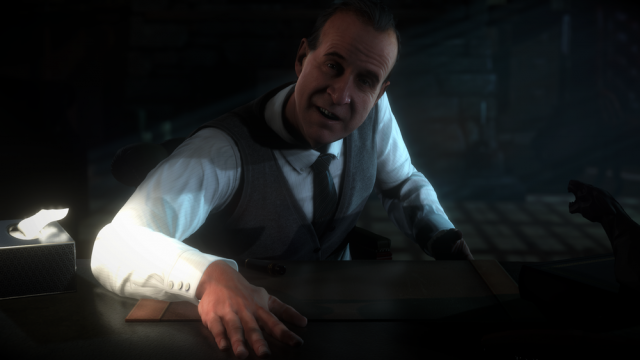
Frequently, closing the chapters of Until Dawn are brief 'sessions' with an imagined man (or possibly wendigo spirit?) known as The Analyst. Based on Josh's actual psychiatrist, Dr. Allen J. Hill, The Analyst is a distorted version of a good man, who constantly tests players with a number of questions concerning likes, dislikes, and fears, goading them for their actions. Played by Peter Stormare, his performance must have resonated strongly with developers, becoming the direct inspiration for The Curator in The Dark Pictures Anthology. As someone who has spent a good 20+ years mimicking his dialogue as the Russian Cosmonaut from Armageddon, I can only imagine the next time he's going to pop up in my life, but I hope it's soon.
Until Dawn was a high point for Supermassive Games, and one it has yet to return to. Titles such as Hidden Agenda and The Inpatient are enjoyable, but feel more like experiments or side projects, rather than legitimate attempts to move the genre forward. The Man of Medan was a step in the right direction, but it's clear the learning process is still ongoing. With at least eight planned installments of The Dark Pictures Anthology, Supermassive has accepted the task of becoming the master of the medium. Time will tell if it succeeds, but it's important for the history and future of gaming that we take the journey together.
More Articles
this is one of the games that defined the 8th generation for me, when I think back on it this is always one of the first ones that pops into my mind. just a great game that knew what it was.
This game was truly great even though I discovered the ending within less than couple hours of play. When the Dark Anthology ends I'll probably buy and play it.
Found the game a bit dull and every jump scares easy to predict. When you watch a lot of horror films esp terrible modern ones. They give it away well before it happens. This game used every modern and old horror cliche, leaving me nothing to be surprised by. I know not everyone has seen million horror films as I have but still, I wish they tried new tricks. No one died in my playthrough.
I guess that was exactly the intent of the game. I didn't get any scare jump, had everyone alive and discovered the ending in less than 2h of playing.









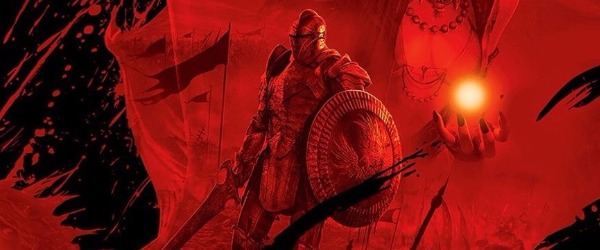
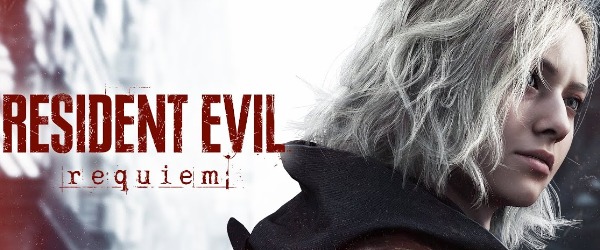
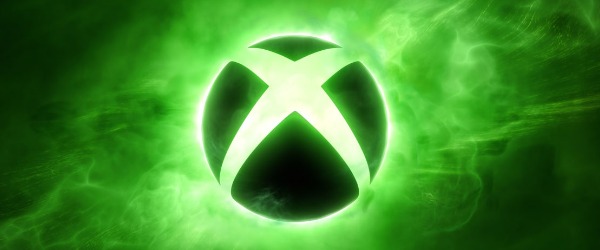












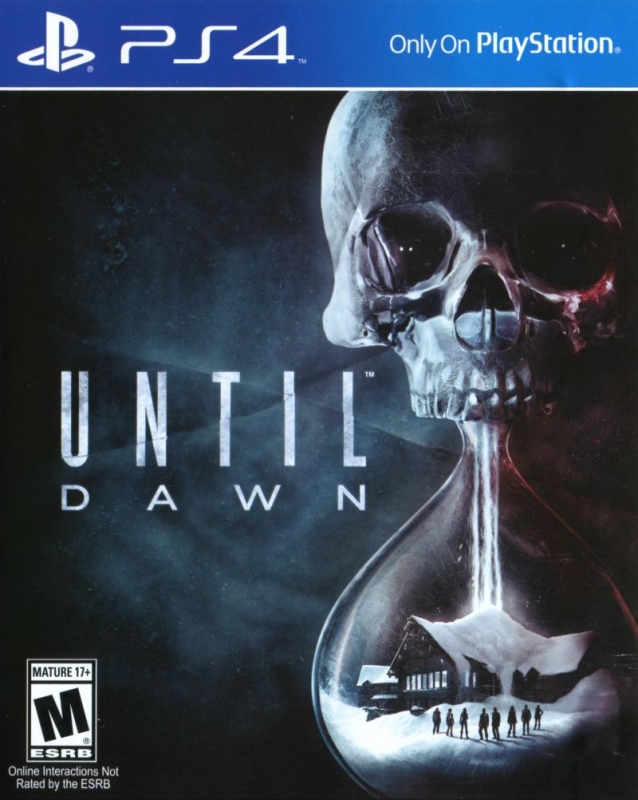

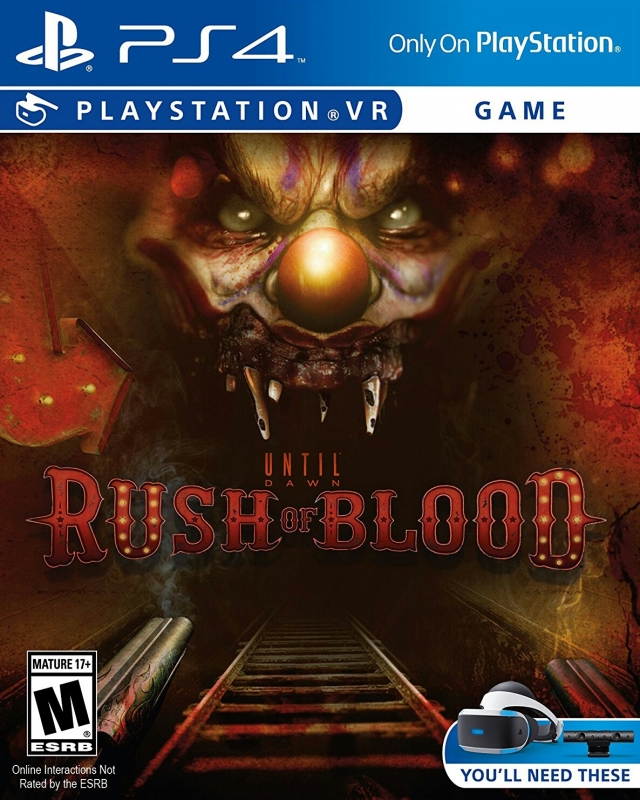
 Essay Pro
Essay Pro